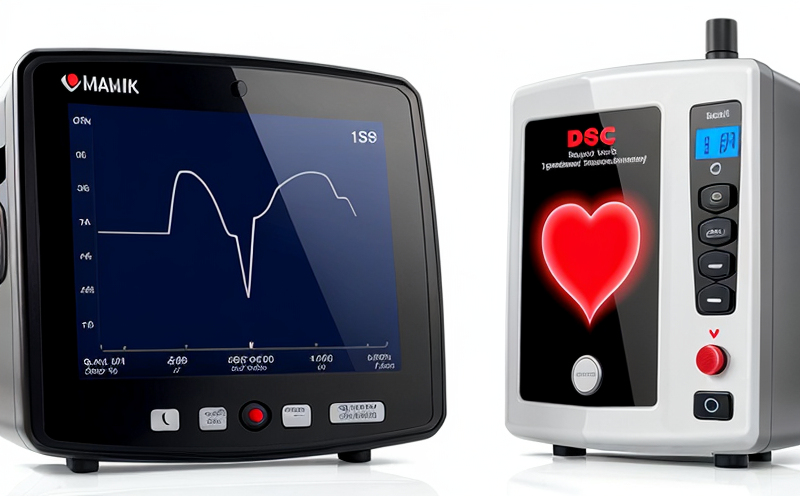ISO 14708-2 Pacemaker Lead Tensile Strength Testing
The ISO 14708-2 standard is a critical component of the quality assurance process for cardiac and cardiovascular devices. This standard specifically addresses the tensile strength testing of pacemaker leads, ensuring that these components meet stringent safety and performance requirements. Pacemaker leads are responsible for delivering electrical impulses to the heart to regulate its rhythm, making their durability and reliability paramount.
The tests performed under ISO 14708-2 are designed to evaluate the mechanical integrity of pacemaker leads by subjecting them to controlled tensile loading. The purpose is to determine how much force a lead can withstand before it fails. This information is essential for manufacturers and quality assurance teams, as it helps in identifying potential weaknesses early in the development process or during production.
The tensile strength of pacemaker leads is measured by pulling on the lead with a known load until failure occurs. The test setup typically involves clamping one end of the lead at a fixed point and subjecting the free end to increasing tension until it breaks. The force applied and the distance between the points where the force is applied are carefully controlled.
The standard specifies detailed procedures for specimen preparation, including the type and size of leads that should be used in testing. It also provides guidelines on how to ensure that the test environment meets specific conditions, such as temperature and humidity, which can affect the results. The equipment used must comply with ISO standards to ensure consistency across laboratories.
The testing process is highly regulated, and compliance with the standard ensures that manufacturers are adhering to international safety and performance criteria. This not only protects the end users but also helps in maintaining a high level of trust in the medical device industry.
Scope and Methodology
| Aspect | Description |
|---|---|
| Test Specimen Preparation: | The pacemaker lead is prepared by ensuring it meets the specified dimensions and shape as outlined in ISO 14708-2. It must be free from any defects that could affect its performance under tension. |
| Testing Equipment: | The testing machine used for tensile strength testing should have a minimum capacity of 10 kN and comply with ISO standards. The machine must be capable of applying controlled loads at a constant rate. |
| Test Procedure: | The lead is clamped securely at one end, and the free end is subjected to increasing tension until failure. The load applied and the distance between the clamp points are recorded accurately throughout the test. |
| Data Analysis: | The tensile strength of the lead is calculated based on the maximum load it can withstand before breaking, divided by its cross-sectional area. This value is compared against the specified minimum requirements to ensure compliance. |
Customer Impact and Satisfaction
- Enhanced Product Quality: Compliance with ISO 14708-2 ensures that pacemaker leads are free from defects, leading to higher product reliability.
- Improved Regulatory Compliance: By adhering to this standard, manufacturers can ensure their products meet international regulatory requirements, reducing the risk of non-compliance penalties.
- Increased Market Confidence: Demonstrating adherence to ISO standards builds trust with healthcare providers and end-users, enhancing brand reputation.
- Cost Savings: Early identification of defects through testing can prevent costly rework or product recalls later in the lifecycle.
International Acceptance and Recognition
The ISO 14708-2 standard is widely recognized and accepted by regulatory bodies worldwide. This recognition ensures that manufacturers can export their products to various countries without the need for additional testing or certification.
Regulatory authorities such as the FDA in the United States, the MHRA in the UK, and the TGA in Australia all accept ISO standards as part of their approval processes. Compliance with these standards demonstrates a commitment to excellence in product design and manufacturing, which is highly valued by these bodies.
The standard’s global acceptance also simplifies the process for healthcare providers who can rely on consistent quality across different manufacturers. This consistency ensures that patients receive safe and effective medical devices regardless of their geographical location.





